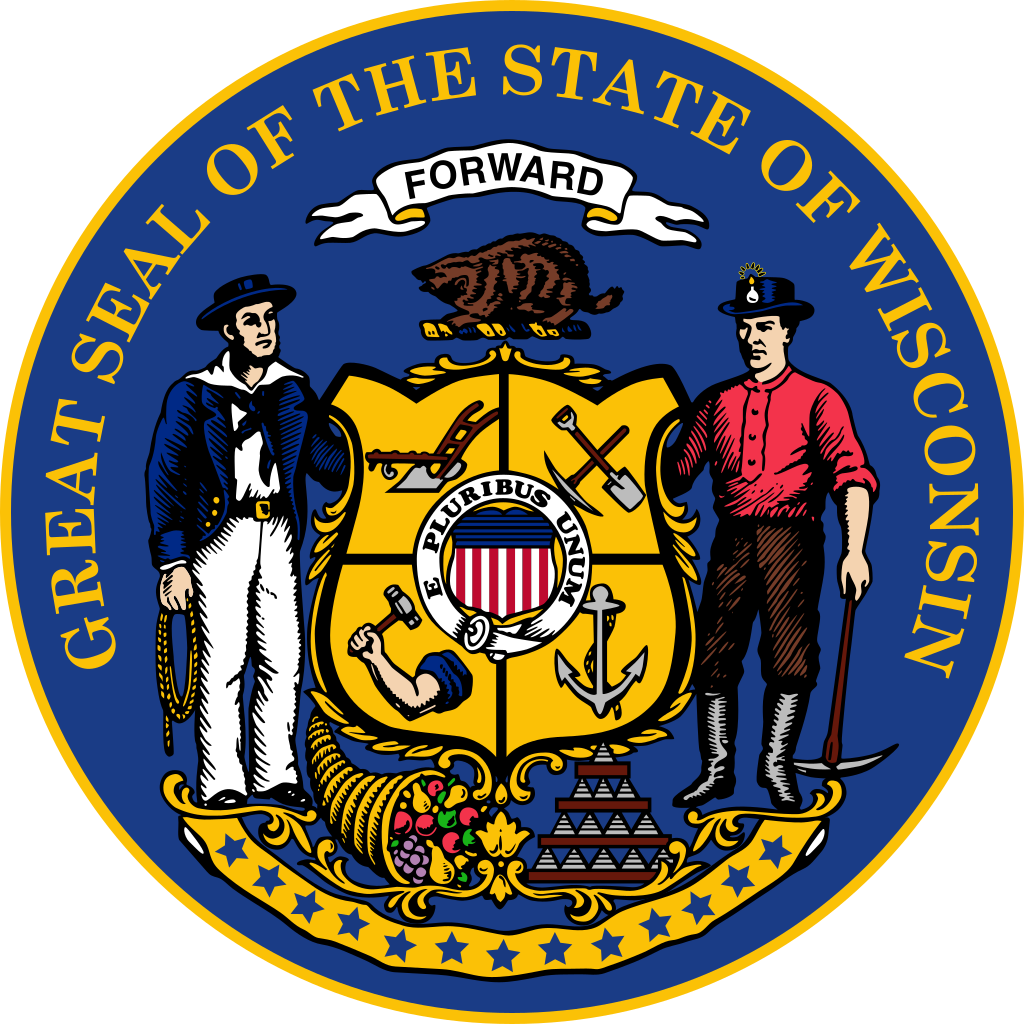Because roundabout traffic only travels in one direction, the possibilities of head-on collisions and left turn-related crashes are virtually eliminated, Qin said. These are two of the most severe and deadly types of collisions.
Additionally, the circular design of roundabouts is intended to slow drivers to speeds where crashes are far less severe.
Roundabouts don’t only offer safety benefits. They’re also better for the environment, make traffic more efficient and ultimately cost less to maintain than other intersection types, Qin said.
Roundabouts also cost less to maintain than other intersection types because they do not use traffic lights or electricity.
Milwaukee definitely needs more roundabouts to help combat reckless driving.



I’ve learned that the ability to extrapolate the positions of moving cars unconsciously and effortlessly is not one that all humans have, so maybe my confusion comes from the privilege of having that ability, but…
I don’t quite understand this complaint. Usually, upon approaching a roundabout, I look slightly to the left to ensure that it’s clear to enter. Even if it’s busy, and I have to come to a complete stop, I just have to look out of the side window, at worst. I have never encountered a roundabout that required looking over my shoulder to see incoming traffic, and I used to drive a cargo van that actually made that impossible. In any case, once it is clear to enter, then I can shift my focus ahead again. There’s no longer any reason to look for traffic from the left, since there isn’t any within range (that’s what waiting until it’s clear means), unless a driver has instantly accelerated to dangerous speeds.
That’s one of the things that I like about roundabouts: I only need to look in one direction at a time, unlike traditional intersections, where I need to look in at least 5 directions simultaneously for a left turn: 1) oncoming traffic, 2) oncoming pedestrians, 3) same-direction pedestrians, 4) possible cars from the left, and 5) possible cars from the right.